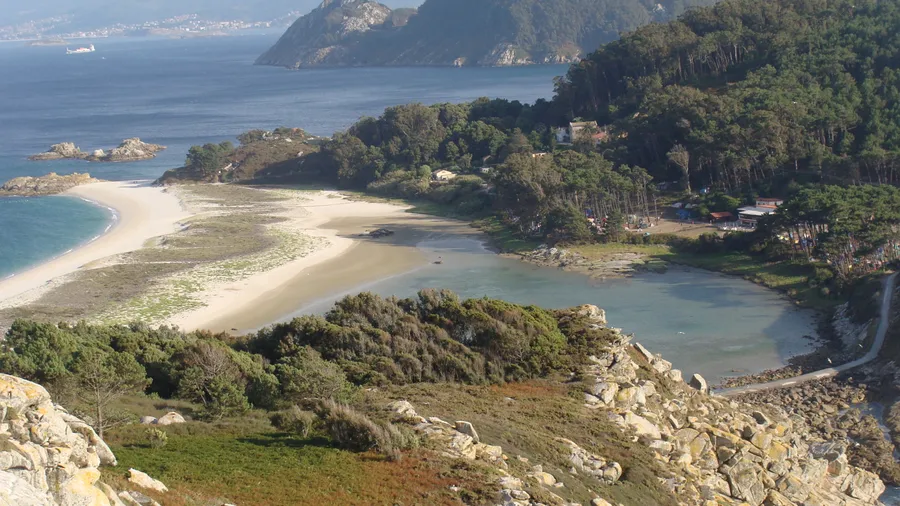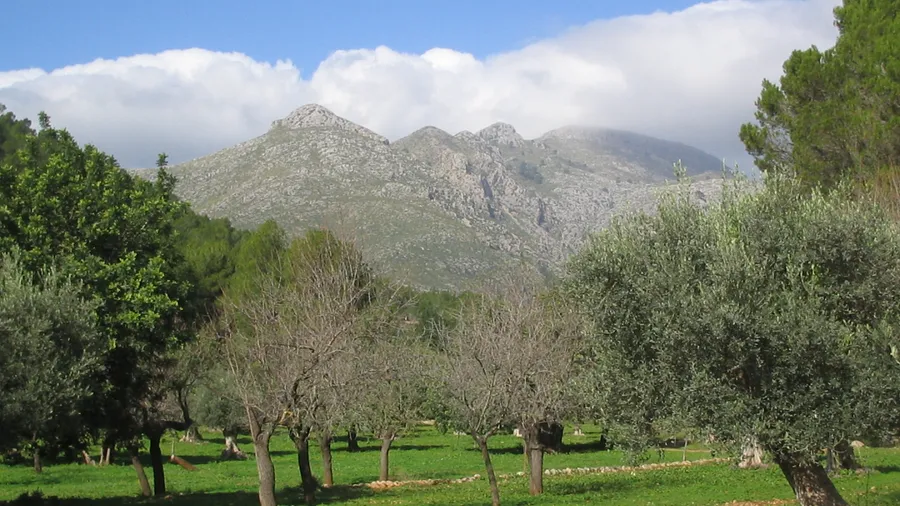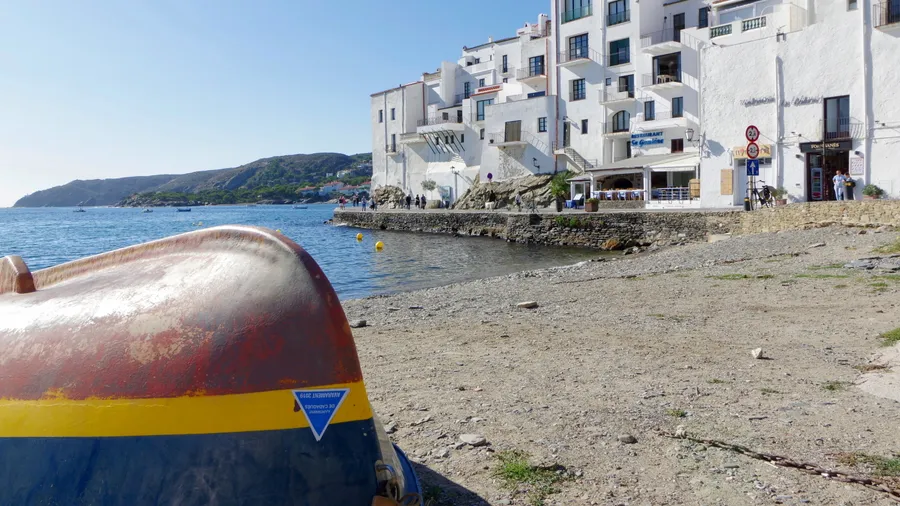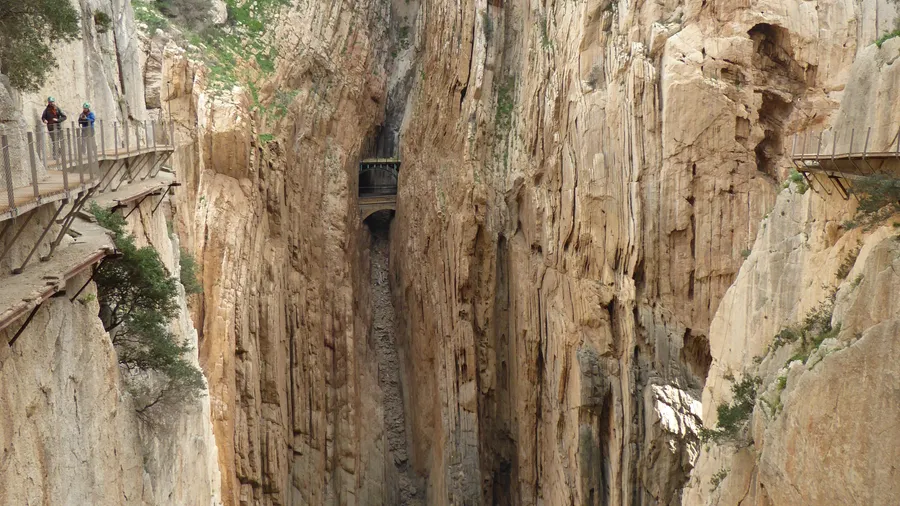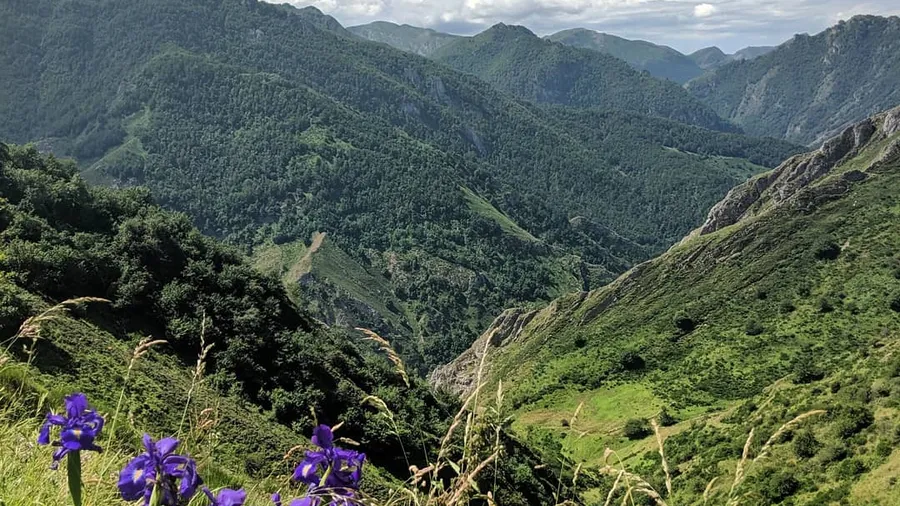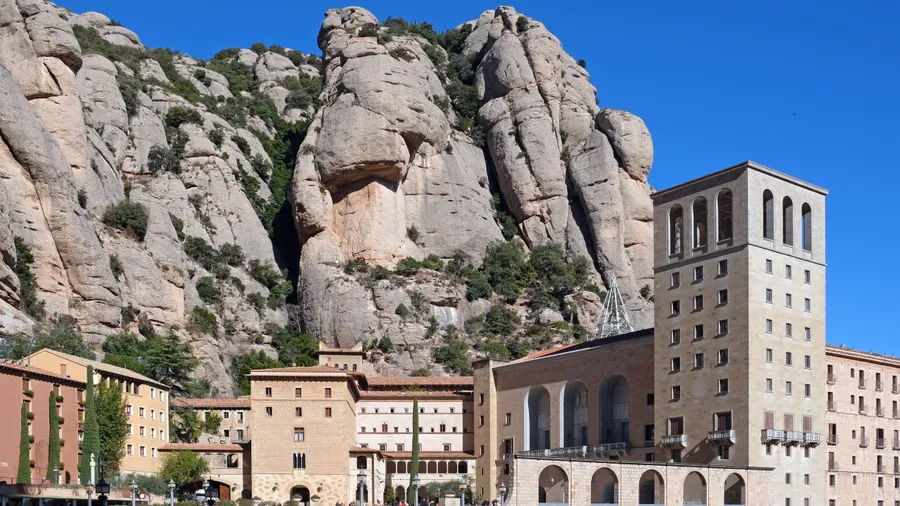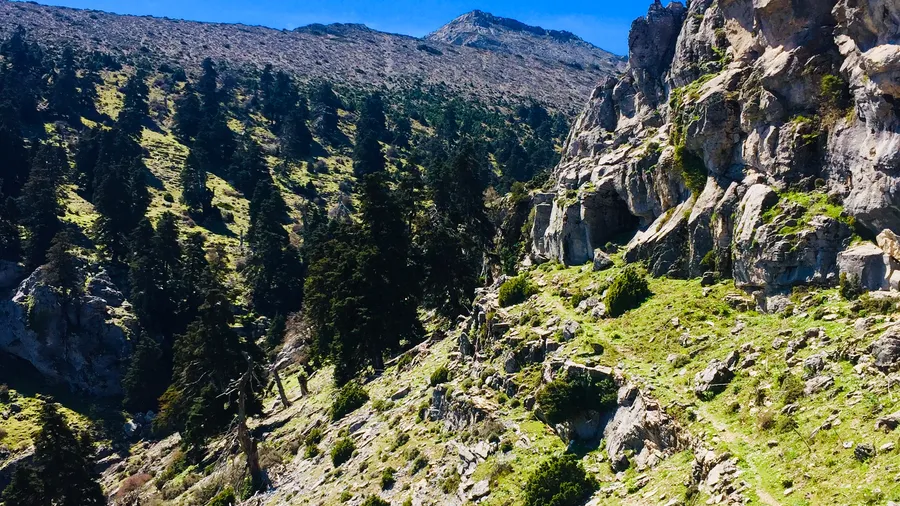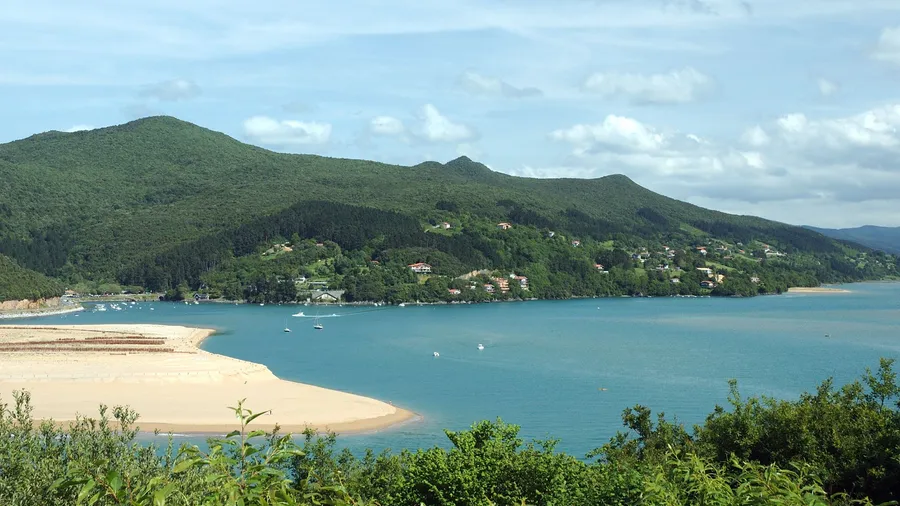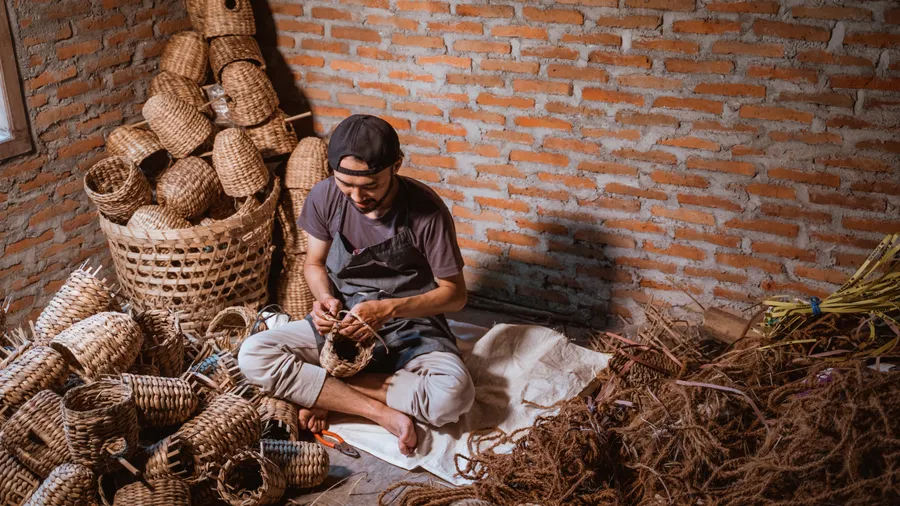Accessible
Experiences and environments for all.
About this experience
**The entity "Accessible" defines and encompasses an essential set of experiences, services, and environments conceived with a deep inclusive vision.** In essence, it refers to everything designed or adapted to allow people with diverse abilities – including reduced mobility, sensory, cognitive, or temporary disabilities – to access, participate in, and enjoy activities and places autonomously, safely, and fully.
What distinguishes the category "Accessible" is its inherent commitment to equa…
**The entity "Accessible" defines and encompasses an essential set of experiences, services, and environments conceived with a deep inclusive vision.** In essence, it refers to everything designed or adapted to allow people with diverse abilities – including reduced mobility, sensory, cognitive, or temporary disabilities – to access, participate in, and enjoy activities and places autonomously, safely, and fully.
What distinguishes the category "Accessible" is its inherent commitment to equal opportunities and the active elimination of barriers. It goes beyond mere regulatory compliance, constituting a philosophy that seeks to empower each individual, guaranteeing their dignity, independence, and the fundamental right to explore, learn, and enjoy without limitations imposed by the environment. It is an indispensable pillar in building truly universal tourism and society.
This approach is directed primarily at people with disabilities and their families or companions, but its value extends to a much wider audience: families with small children, elderly people, pregnant women, or anyone who values comfort, safety, and ease of use in their travel and activities. Its appeal lies in offering the freedom of choice, the possibility of sharing moments without restrictions, and the worry-free enjoyment of culture, nature, and leisure.
Examples are varied and range from accommodations with specific adaptations and natural or urban routes free of obstacles, to cultural spaces with support resources (Braille, audio descriptions, sign language) and workshops or leisure activities designed for everyone's participation. It forms the basis of "accessible tourism" and "inclusive leisure." Its relationship with other concepts is fundamental: it allows traditionally exclusive activities, such as a mountain trail or visiting a historical building, to be transformed into enriching and viable experiences for a global audience, thus promoting a more just, responsible, and sustainable tourism model.



